This article was co-authored by Colleen Demling-Riley, CPDT-KA, CBCC-KA, CDBC and by wikiHow staff writer, Kai Hynes. Colleen Demling-Riley (CPDT-KA, CBCC-KA, CDBC) is a Canine Behavior Consultant and the Founder of Pawtopia Dog Training. With more than 20 years of experience, she specializes in creating and customizing dog management programs for dog owners. She is a Certified Pet Dog Trainer-Knowledge Assessed, Certified Behavior Consultant Canine-Knowledge Assessed, Certified Dog Behavior Consultant, and American Kennel Club Canine Good Citizen Evaluator. Colleen is a member of the International Association of Canine Professionals and has been a featured expert in national media including the New York Times, Woman’s Day, Readers Digest, Cosmopolitan, and Yahoo.com.
There are 7 references cited in this article, which can be found at the bottom of the page.
This article has been viewed 10,704 times.
Whether your dog is shy, old, constipated, or just slow at doing their business, a few simple massages can really help get things moving. Coupled with hydration, a healthy diet, and regular exercise, doing these massages daily or weekly for at least 30 seconds at a time can really improve your pooch’s pooping habits. Read on for a list of massages you can do at home to help your dog poop.
Steps
Stroke your dog’s whole body.
-
Glide your hands from head to tail and down the legs. A full-body rub down can loosen and relax your dog up both physically and mentally. Start by putting a little pressure on the back of your dog’s neck and sliding down the back and sides. Make sure to stroke down their legs and tail, too.[1] X Research source
- This is also great for preparing your dog for other massages.
- Giving your pup a massage also helps you form a big bond with them.
Give your dog a backstroke.
-
Stroke from the back of the head down the spine. Tension in the spine and back muscles is a common reason a dog can have trouble pooping. While your dog is sitting or lying on their stomach, place both hands on the base of their neck. With light pressure, slowly move your hands along both sides of the spine, down to the base of the tail.[2] X Research source
- Keep your hands on the sides of the spine, not on the bone.
Rub your dog’s belly in circles.
-
Move your hand in a clockwise motion. Sometimes, a simple belly rub can be enough to stimulate your dog’s stomach muscles. Lay your dog on their back or side, so their stomach is exposed. Apply light pressure on their belly with your palm, and rub in clockwise circles for a few minutes.[3] X Research source
Stroke your dog’s belly.
-
Slide your hand downwards from their center. While your dog is on their back or side, place your palm on the middle of their exposed stomach. With a bit of pressure, slide your hand downward, toward the genitals. Repeat this motion for a few minutes.[4] X Research source
Massage your dog’s sides.
-
Move both hands in clockwise circles along their abdomen. In addition to rubbing directly on the stomach, try rubbing on the sides of your dog’s belly. Lay your dog on their back, and with both palms, apply light pressure to their waist. Move your hands in clockwise circles along both sides of their abdomen.[5] X Research source
- Go as far up and down as you can between the thighs and chest.
Rub your dog’s left side.
-
Vibrate your hand along the left side of their stomach. The latter half of a dog’s intestines are on their left side. While your dog is lying on its back or right side, place your palm on the exposed left side of the abdomen. With light pressure, quickly but gently rub your hand up and down for a few minutes.[6] X Research source
- Again, this should be on your dog’s left side, not yours.
Trace your dog’s intestines.
-
Stroke their lower abdomen in an upside-down U-shape. If rubbing the exit half of the intestines isn’t enough, follow the dog’s intestines from right to left. As they’re lying on their back, put light pressure on the right side of their stomach, beside their groin. Move your hand up and to the left, over the genitals, and back down to the left groin, creating a U-shape.[7] X Research source
- Try pushing and releasing as you go to stimulate the intestine.
- Or, vibrate your hands as you go for a similar effect.
Knead your dog’s thighs or glutes.
-
Rub your thumbs in circles on the base of the back legs. It could be that tension is being held in the back legs, especially in older dogs. With your dog sitting or lying down, place a thumb on each leg’s thigh or glute muscles. With a bit of pressure, move your thumbs in clockwise circles.[8] X Research source
- Gradually make the circles bigger to cover as much as you can
- Or, reposition your thumbs, giving each spot 30 seconds to a minute.
Compress your dog’s back legs.
-
Squeeze and release along the length of each leg. To further relax your dog’s hind legs, get them to lie on their side. Wrap one or both hands around one thigh, and gently squeeze and release. Continue squeezing and releasing down the length of the leg, all the way down to the paw. Go up and down a few times, then repeat on the other leg.[9] X Research source
- Avoid squeezing the joints where the legs bend.
- You could also do this with the front legs.
Massage your dog’s head.
-
Run your thumb from the nose to the back of the head. Dogs can have trouble going to the bathroom because they’re nervous or uncomfortable. For example, some dogs get anxious in new or unfamiliar environments. Rubbing their forehead may calm them down and get their system moving.[10] X Research source
Give your dog an ear rub.
-
Pinch the inner and outer ear, and slide from base to tip. In addition to rubbing your dog’s head, massaging their ears can also provide peace of mind. With your thumb on the inside of the ear and your index finger on the outside, slide your hand from the base out to the tip a few times.[11] X Research source
- At the end, you can give their ears a little tug.
You Might Also Like

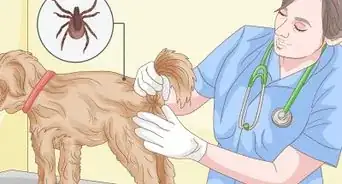
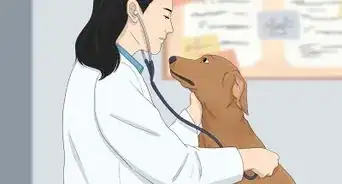
 How to Recognize and Treat a Ruptured Cyst on a Dog
How to Recognize and Treat a Ruptured Cyst on a Dog

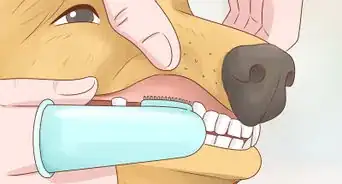
 How to Tell if Your Dog Is in Pain
How to Tell if Your Dog Is in Pain
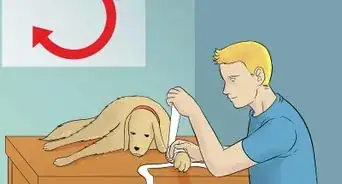

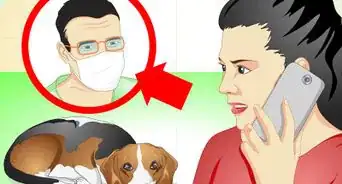
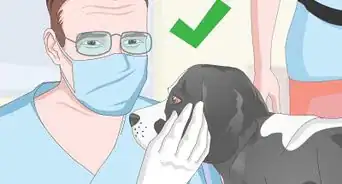
References
- ↑ https://vcahospitals.com/know-your-pet/therapeutic-massage-and-your-dog
- ↑ https://www.petmd.com/dog/pet-lover/4-simple-dog-massage-therapy-techniques
- ↑ https://www.dailydogstuff.com/how-to-make-a-dog-poop-quickly/
- ↑ https://pawsomeadvice.com/dog/how-to-make-a-dog-poop-quickly/
- ↑ https://greatpettips.com/dog-massage-techniques/
- ↑ https://pawsomeadvice.com/dog/how-to-make-a-dog-poop-quickly/
- ↑ https://www.youtube.com/watch?v=G1twYQS6iRM&t=54s
- ↑ https://www.petmd.com/dog/pet-lover/4-simple-dog-massage-therapy-techniques
- ↑ https://www.youtube.com/watch?v=FNKMVP0P0mk&t=0s
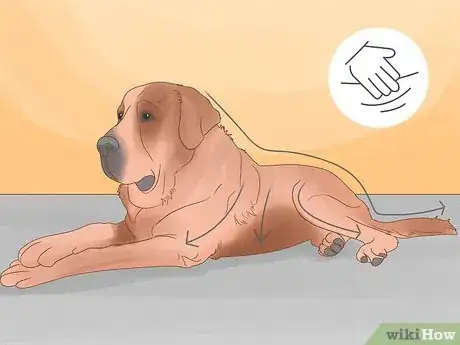
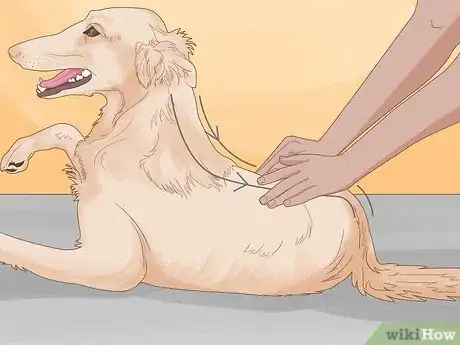
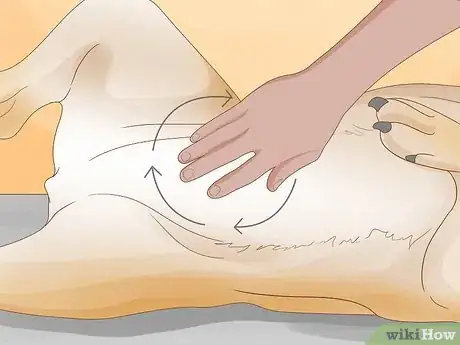

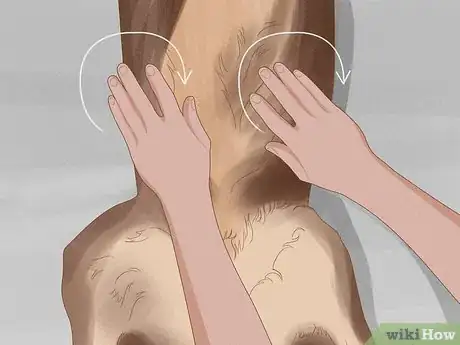
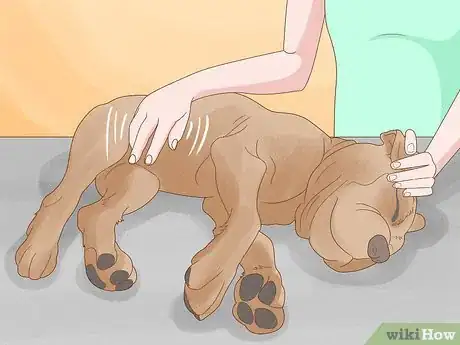
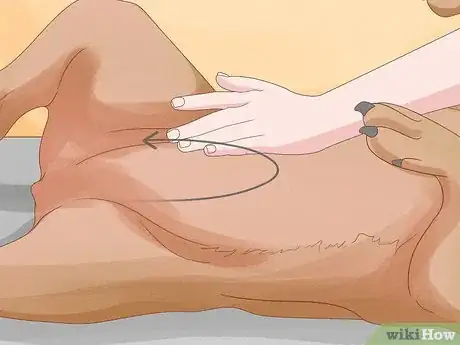

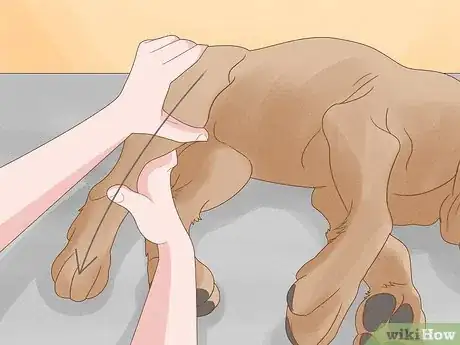
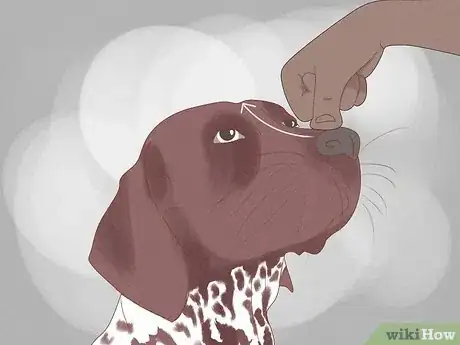
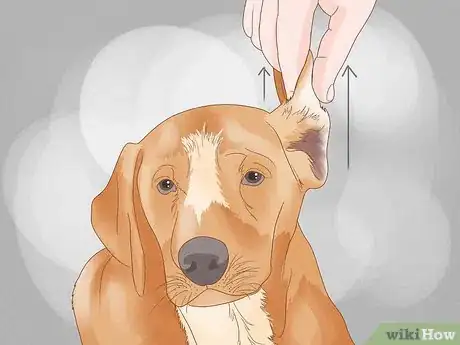








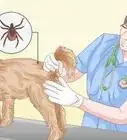





































Medical Disclaimer
The content of this article is not intended to be a substitute for professional medical advice, examination, diagnosis, or treatment. You should always contact your doctor or other qualified healthcare professional before starting, changing, or stopping any kind of health treatment.
Read More...